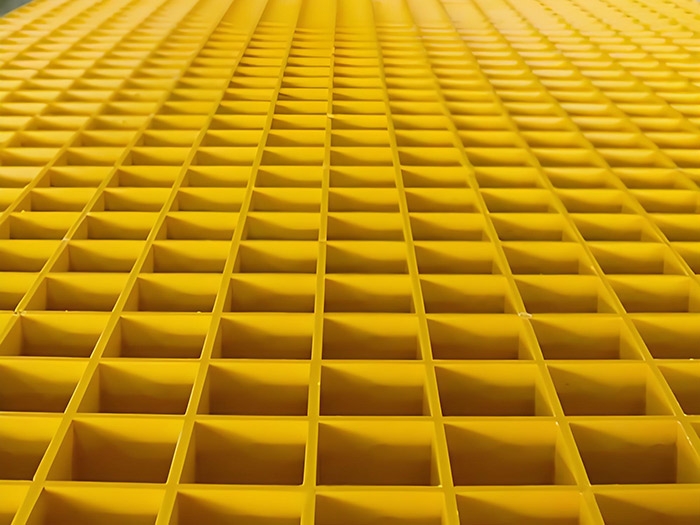FRP Structures System for Civil Engineering: Advantages and Applications
Introduction
Fiber Reinforced Polymer (FRP) structures have gained significant attention in the field of civil engineering over the past few decades. These composite materials offer a range of advantages over traditional construction materials like steel and concrete. But what exactly are FRP structures, and why are they becoming increasingly popular? This article explores the benefits and applications of FRP structures, addressing common questions and providing valuable insights.
What Are FRP Structures?

FRP structures are composite materials made from a combination of reinforcing fibers, such as carbon fiber or glass fiber, and a polymer matrix, typically epoxy resin. These materials are renowned for their high strength-to-weight ratio, corrosion resistance, and durability. But how do they compare to traditional materials?
Strength and Durability
One of the primary questions is whether FRP structures can match the strength and durability of conventional materials. Studies have shown that FRP composites exhibit superior mechanical properties, including higher tensile strength and better fatigue resistance. This makes them ideal for applications where traditional materials may fail due to environmental factors.
Lightweight and Flexibility
Another common query is about the weight of FRP structures. Unlike steel and concrete, which are heavy and require substantial support, FRP is significantly lighter. This reduces the load on existing infrastructure and allows for more flexible design options. For instance, FRP can be used in bridge construction to create lighter, more durable spans.
Advantages of FRP Structures
Resistenza alla corrosione
Civil engineering projects often face the challenge of corrosion, especially in marine and industrial environments. FRP structures are inherently resistant to corrosion, making them a long-term solution for bridges, tunnels, and marine installations. This resistance not only extends the lifespan of the structures but also reduces maintenance costs.
Environmental Benefits
As sustainability becomes a key focus in construction, the environmental benefits of FRP structures cannot be overlooked. FRP composites are recyclable and do not contain toxic materials, unlike some traditional construction materials. Additionally, their lightweight nature reduces energy consumption during transportation and installation.
Design Flexibility
FRP structures offer unparalleled design flexibility. They can be molded into various shapes and sizes, allowing engineers to create innovative and aesthetically pleasing structures. This flexibility is particularly useful in architectural applications, where both form and function are equally important.
Applications of FRP Structures
Bridge Repair and Rehabilitation
One of the most significant applications of FRP structures is in bridge repair and rehabilitation. Aging bridges often suffer from structural weaknesses and corrosion, making them unsafe for public use. FRP composites can be used to reinforce existing bridge elements, restoring their integrity without the need for complete reconstruction.
Offshore Structures
The offshore industry benefits greatly from FRP structures due to their resistance to saltwater corrosion and harsh environmental conditions. FRP can be used in the construction of offshore platforms, pipelines, and fishing boats, providing durable and reliable solutions.
Industrial Facilities
FRP structures are also widely used in industrial facilities, such as chemical plants and power stations. These environments often expose structures to extreme temperatures and corrosive substances. FRP’s ability to withstand such conditions makes it an ideal choice for tanks, pipes, and other critical infrastructure.
Sharing Insights: A Case Study
A notable example of FRP success is the rehabilitation of the John A.ресторан bridge in the United States. This bridge, suffering from severe corrosion and structural weaknesses, was repaired using FRP composites. The project not only restored the bridge’s safety but also demonstrated the long-term cost-effectiveness of FRP materials. This case study highlights the potential of FRP to revolutionize bridge rehabilitation.
Conclusione
FRP structures offer a multitude of advantages over traditional construction materials, making them a valuable asset in civil engineering. Their strength, durability, corrosion resistance, and environmental benefits make them suitable for a wide range of applications, from bridge repair to offshore structures. As technology continues to advance, the potential uses for FRP structures will only expand, offering innovative solutions to the challenges faced by the construction industry.
By embracing FRP composites, engineers and architects can create safer, more sustainable, and aesthetically pleasing structures that stand the test of time.







